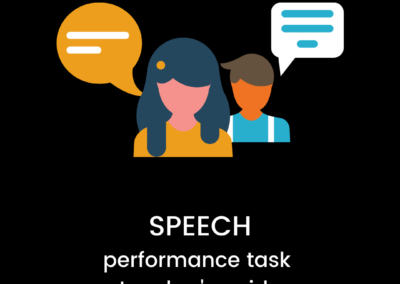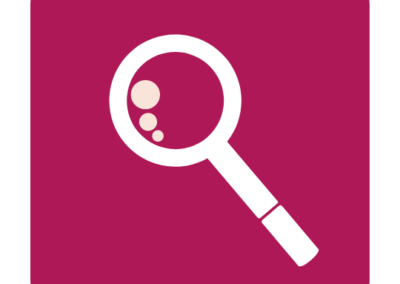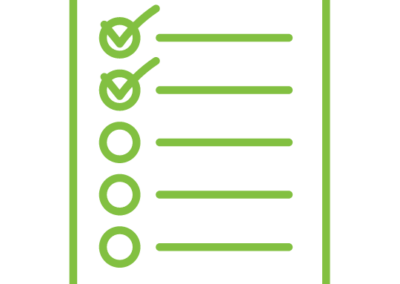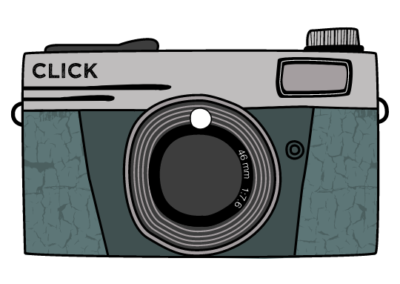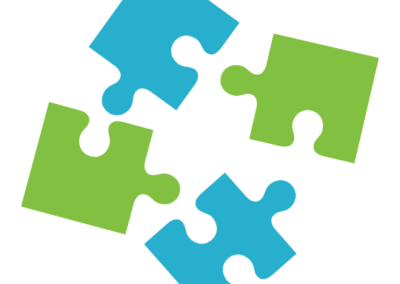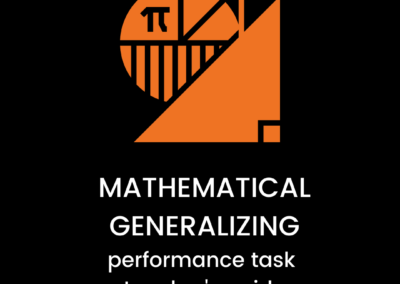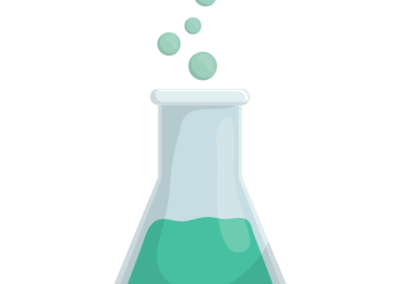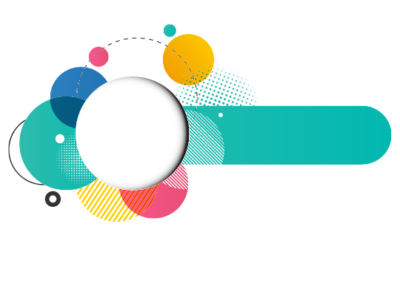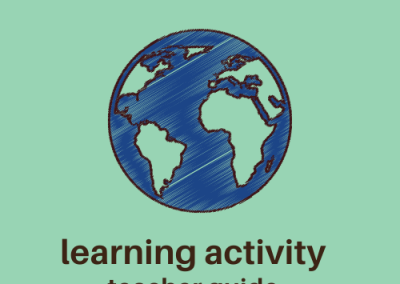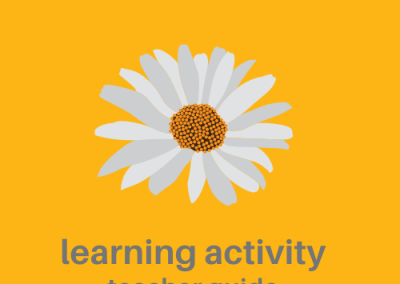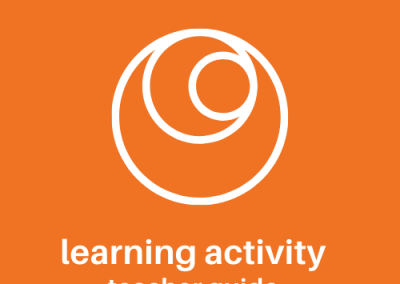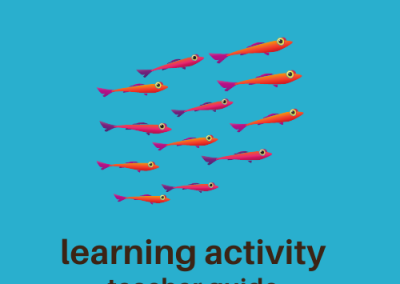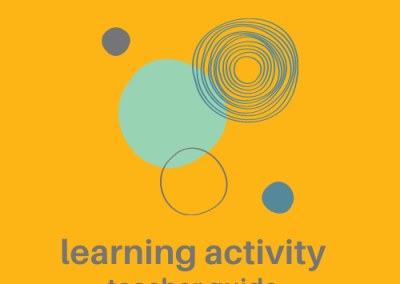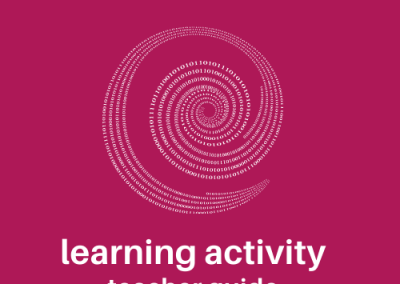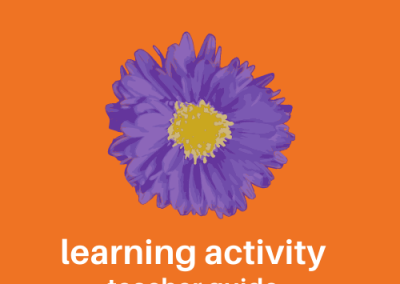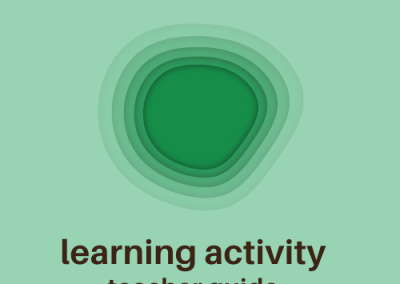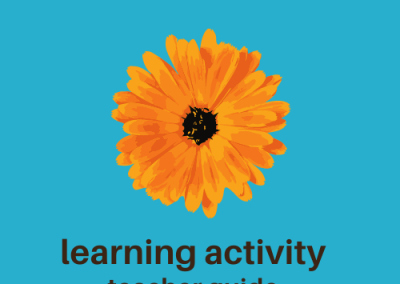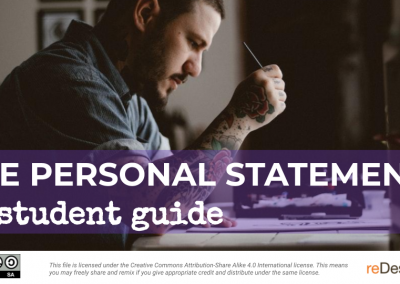Semantic Mapping
Preparation
Identify the text or topic that you would like students to semantically map Create or locate several models of semantic maps about related (not identical) topics and texts.
Activity Steps
1
Teacher displays several models of semantic maps about familiar texts or topics. The class discusses the ways the ideas are connected, and how these connections are visually represented.
Students create a list of terms or ideas related to the target text or topic. Students write each term on a separate index card.
2
In small groups or individually, students read the text. As they read, they complete the first column with ideas and statements in the text that are notable to them.
You will likely need to model this process to students. Read aloud from a text, highlighting or starring notable lines and making exclamations such as, “Well THAT’S really surprising!” or “I’m not sure I agree with that,” or “That is perfectly said!” Consider providing students with a list of the types of lines in a text that might somehow be notable to a reader. (The book Notice and Note by Beers and Probst might be helpful here.)
3
In groups or individually, students consider the relationships among the terms, and organize the cards to represent the relationships among the words.
Students may benefit from instruction in the types of relationships words or ideas may have with one another, such as: ·opposites · synonyms · concept-example · cause-effect · category-category member · sequence (first, second…) · part-whole · entity-attribute
4
Once students are satisfied with their representation of relationships, they copy their semantic maps onto blank paper, drawing a circle around each term, placing them on the paper in relation to one another, and connecting them by lines as appropriate.
Students should be able to see several examples of semantic maps so that they understand the ways in which ideas can be visually represented. They may also choose to distinguish between more and less important ideas by text size, or use a system of color-coding.
5
In pairs or small groups, students take turns presenting their semantic maps, and provide feedback to one another.
Some students will benefit from guidance for giving and receiving feedback. Modeling, role-playing, and sentence stems can help many students make these conversations effective.
6
Students reflect on their learning in groups or individually, either in conversation or writing.
Students respond to questions including: · Why is this called “mapping”? How is it different from other types of mapping? · How does this mapping relate to the memories you are creating in your brain? · How does semantic mapping affect your learning process? · How might semantic mapping work if you were studying for a test? · In what other context might this strategy be useful?
Adaptation for the Math Classroom
Semantic Maps can be used to generate a set of related math ideas (using words, images, and symbols) and show how they are connected. With prompting or modeling, it can help students distinguish related yet different ideas (such as expression, equation, inequality, solution and substitution) in a flexible format.

